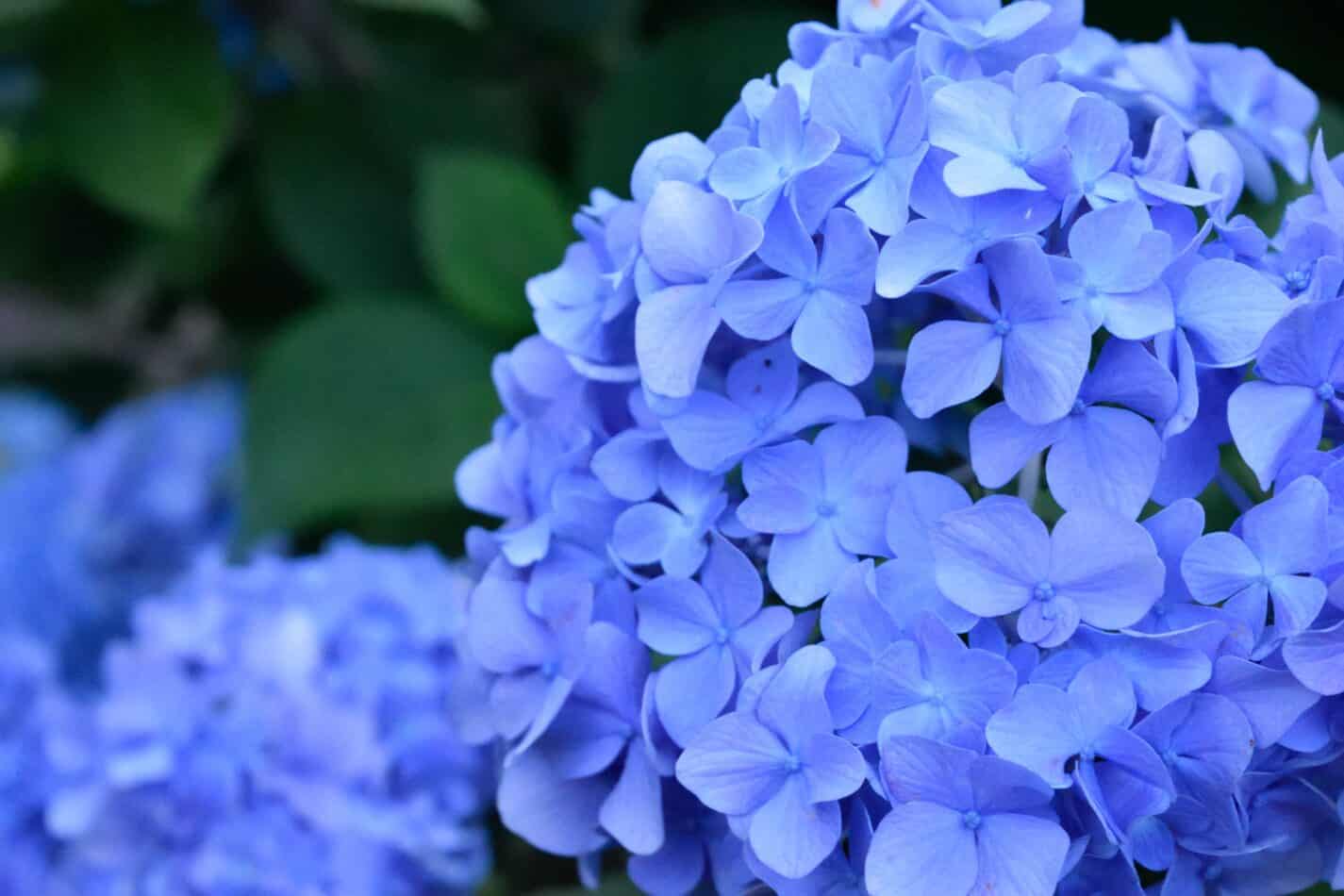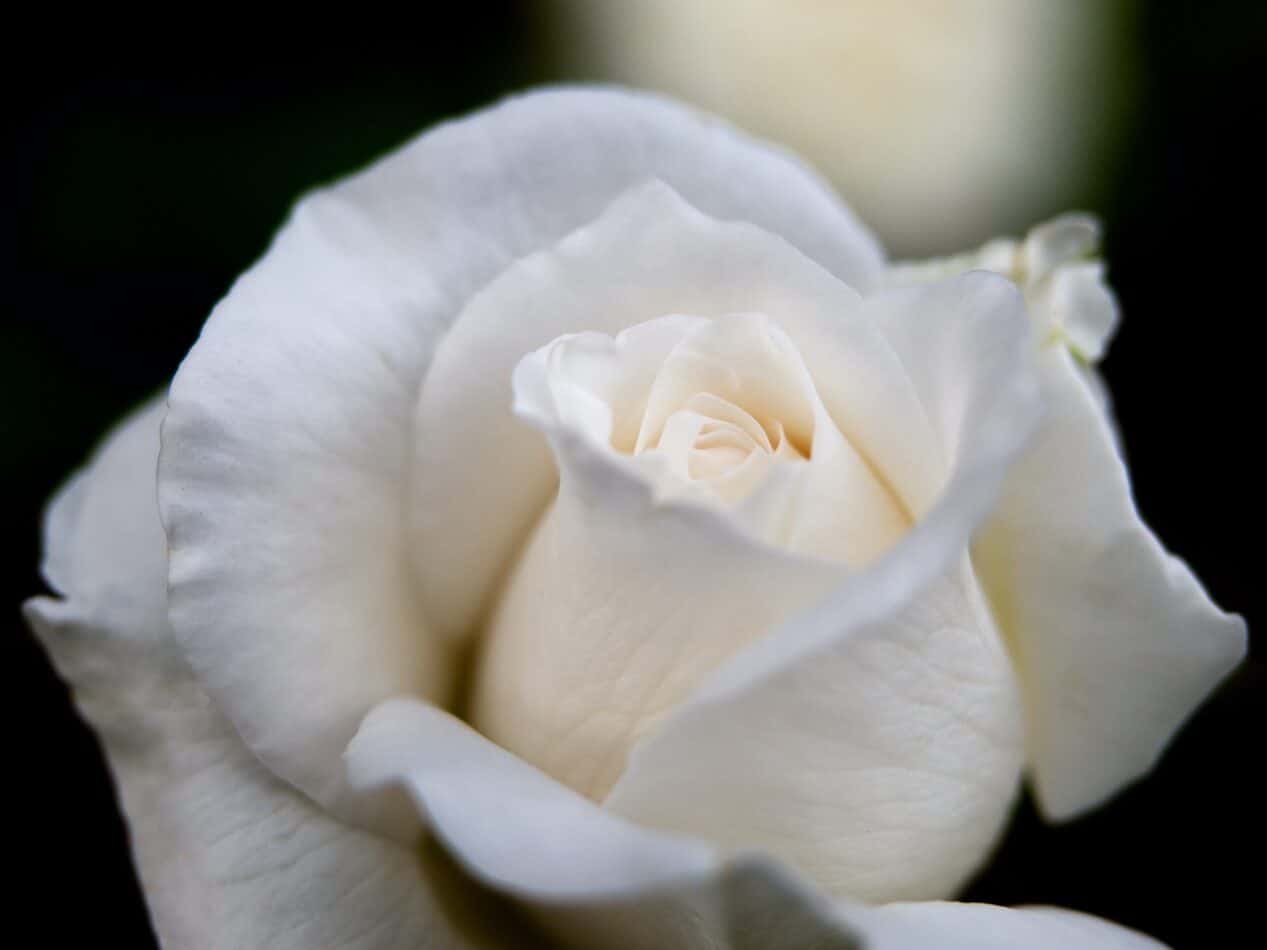The Blue Passion Flower (Passiflora caerulea) is an RHS award-winning bloom that is considered one of the most attractive climbers. Also known as the Common Passion Flower, it is a vigorous and semi-evergreen climber that has twining tendrils. The three-inch exotic-looking flowers appear sporadically from summer to fall, followed by egg-shaped orange fruits. It is easy to grow and does best when allowed to grow or droop freely rather than be kept neat.
The Latin name ‘Passiflora’ is derived from the words ‘pasia’ and ‘flos’, meaning ‘the flower of passion’. It has great religious significance in Christianity as a symbol for Christ’s Passion. Despite its name, this plant is a member of the family Passifloraceae and not the family Passiflorinae.
How to Plant
The Blue Passion Flower is a perennial climbing vine that does best in full to partial sun and in a warm, humid climate. It is best grown in well-draining, fertile soil that is neutral to slightly acidic. It needs at least 1-2 inches of water per day, so you should water regularly. Keep in mind that during the growing season, half of the water should come from rainfall and the other half should be added in manually. It is best to fertilize the plant once a month with a granular fertilizer with a low nitrogen content.
Meaning and Symbolism
The Blue Passion Flower has an interesting history when it comes to its symbolism and meaning. In Christianity, it is seen as a representation of the Passion of Christ as well as the teachings of the Apostle Paul. In other spiritual circles, it is seen as a representation of peace and unity. In the language of flowers, it symbolizes joy and fertility.
History, Mythology, and Religious Significance
The Blue Passion Flower has a diverse and fascinating history that spans a variety of religious and spiritual contexts. It is thought to be a symbol of the Passion of Christ in Christianity since the five stamens of the flower can be thought to represent the five wounds of Jesus and the flower’s ten petals equal the ten apostles that remained after Judas’ betrayal. In ancient Mayan mythology, the Passion Flower was a symbol of sexuality and fertility. In other contexts too, it is seen as a representation of feminine energy, fertility and harmony.
Flower Varieties and Their Defining Characteristics
There are many different varieties of the Blue Passion Flower, each with its own unique characteristics. One of the most popular varieties is Passiflora caerulea, or Blue Passion Flower. This is a semi-evergreen climber with twining tendrils and exotic-looking flowers that appear sporadically from summer to fall. It is ideal for growing in gardens and can tolerate light frost. Another variety is Passiflora alata, which is also known as the Wing-Stem Passionflower. This variety has deep purple petals with white and blue-colored sepals. It blooms in late summer and is ideal for use in hanging baskets, window boxes, and as a climber.
How to Pot and Repot
When potting the Blue Passion Flower, it is important to use a pot with proper drainage. A clay or ceramic pot is the best choice. Fill the pot with a mixture of potting soil, compost, and perlite or vermiculite in a 2:1 ratio. When the plant begins to outgrow the pot, it is time to repot it. This should be done in the spring as the plant is waking up from its winter dormancy. To repot, remove the plant from the pot and shake off all of the old soil. Place the newly potted rootball in a new container, being sure to select one that is only 2-3 inches larger than the old one.
How to Prune
Pruning the Blue Passion Flower should be done with the utmost care. When pruning, use sharp, clean pruning shears to make all cut back cuts to a single leaf bud, leaving the bud itself intact. Pruning in the late winter or early spring before the plant begins to grow is recommended. Avoid pruning during the growing season, as this may cause the flower to have fewer blooms, as flowers mainly form on new growth. If the vine becomes too long, it can be pruned to the desired size. If pruning is necessary during the growing season, do it after the flowers have bloomed.
How to Propagate
Propagating the Blue Passion Flower is relatively easy and can be accomplished in a few steps. The best way to propagate is by taking stem cuttings in the spring. Cut a section of the stem between 4 and 8 inches in length, remove the lower leaves and place in a pot filled with moistened potting soil. Place the cuttings in bright, indirect light and mist the soil with water on a regular basis. The roots should form within 2-3 weeks. Once the roots have formed, the cuttings can be potted-up into individual pots.
Common Pests and Diseases
The Blue Passion Flower is susceptible to a variety of pests and diseases. Common pests that attack this plant include mealybugs, aphids, spider mites, and thrips. These pests feed on the foliage and suck the plant’s sap. Additionally, fungal diseases are another potential problem. Diseases such as damping off, powdery mildew and root rot can affect the plant and cause it to become weakened and eventually die. To prevent pest and disease problems, keep the plant well watered and make sure it has been properly fertilized.
Three Frequently Asked Questions about Passiflora caerulea
Q1: Is Passiflora caerulea an annual or a perennial?
A1: Passiflora caerulea is technically a perennial but can sometimes behave as an annual in cooler climates.
Q2: How does Passiflora caerulea attract pollinators?
A2: Passiflora caerulea attracts pollinators with its colorful flowers which have a foul smell and nectar reward.
Q3: What type of soil does Passiflora caerulea prefer?
A3: Passiflora caerulea prefers well-draining, fertile soil that is neutral or slightly acidic.
Fact Sheet
| Blue Passion Flower | Passiflora caerulea |
|---|---|
| Family | Passifloraceae |
| Plant Type | Perennial Climber |
| Mature Size | Up to 15 feet |
| Sun Exposure | Full to Part Sun |
| Soil Type | Well-Draining, Fertile Soil |
| Soil pH | Neutral to Slightly Acidic |
| Bloom Time | Summer to Fall |
| Flower Color | Blue to Purple |
| Hardiness Zones | 7-10 (USDA) |
| Native Area | Caribbean, South America |
What we love from Amazon this week
Buy these wonderful flowers directly from Amazon:















